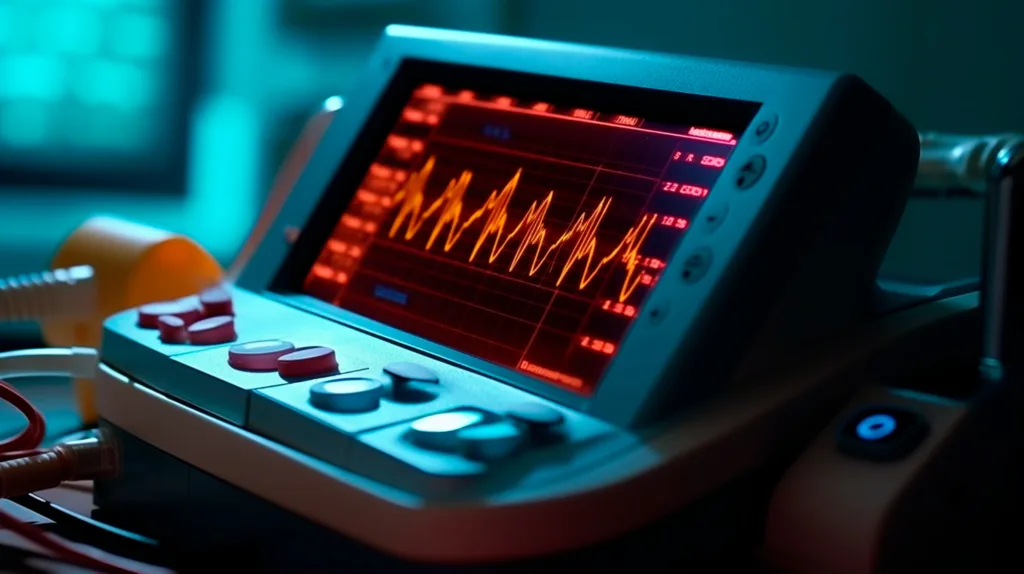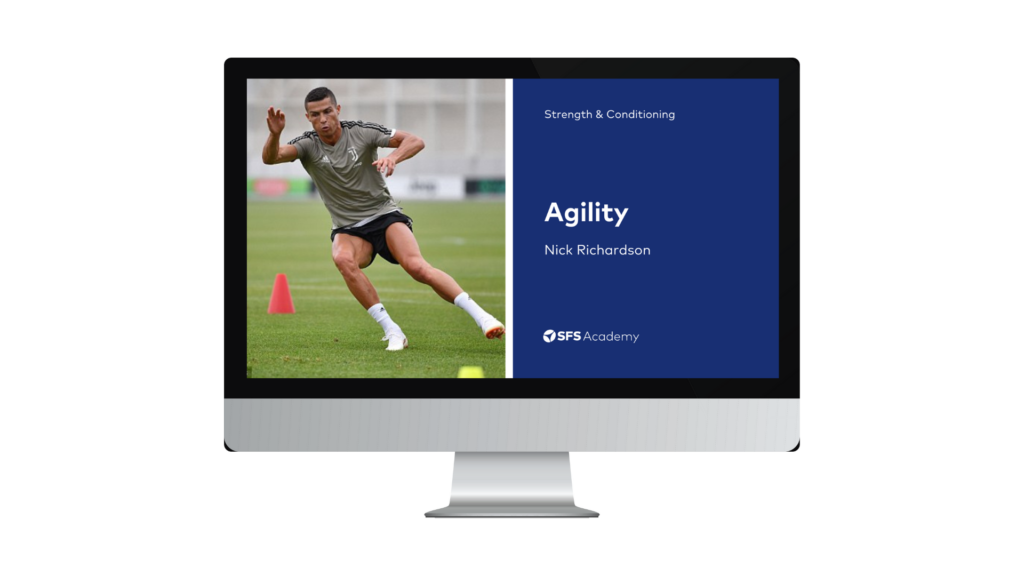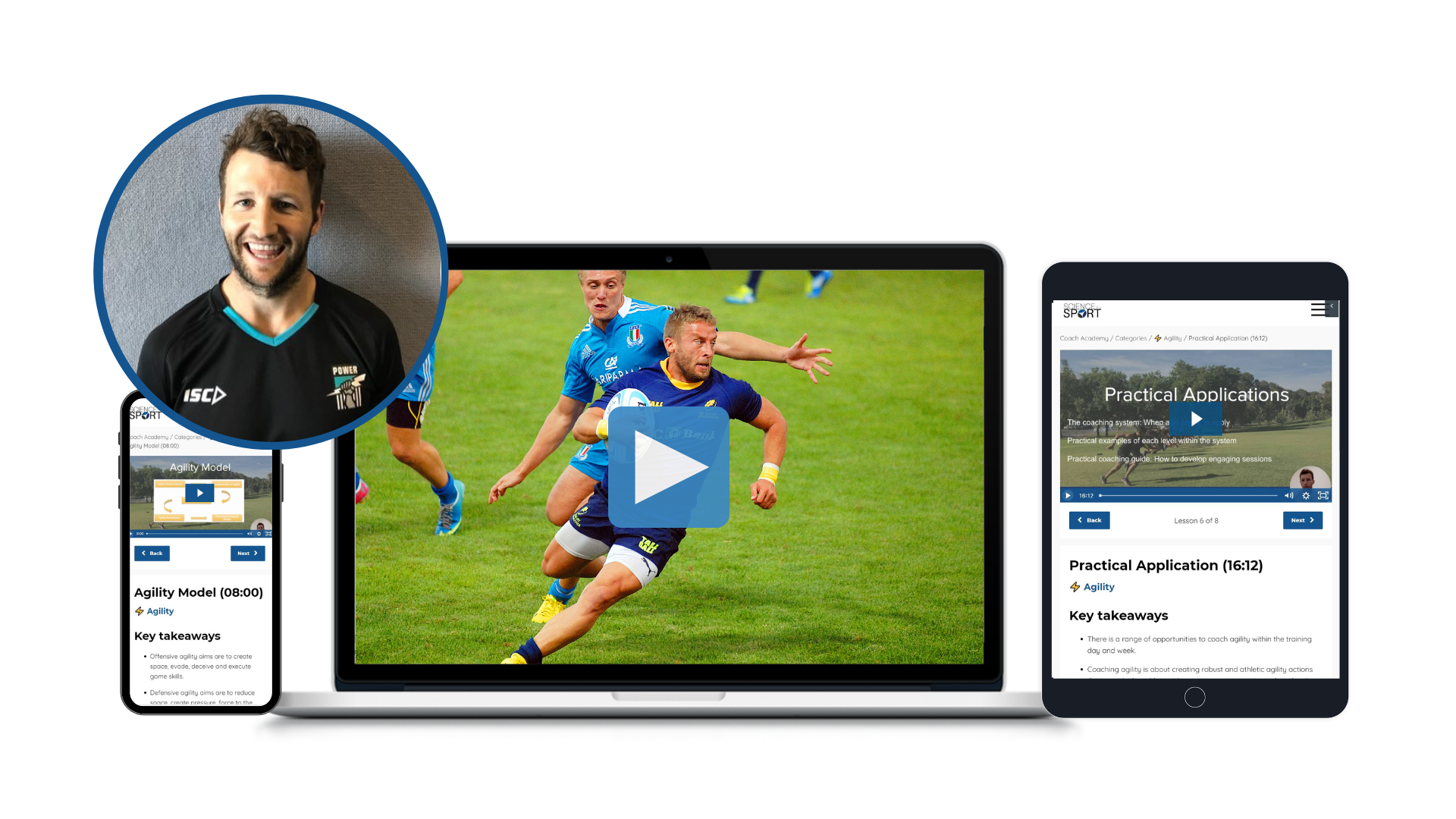About this Episode
In episode 149 Joel Jamieson, S&C Coach, joins us.
Specifically Joel will be looking at:
- When to apply extra recovery methods
- KPIs to consider for recovery
- How to use heart rate variability to improve recovery
Recovering from training in the 21st century seems like you need a maths degree, with numbers and stats all over the place, not to mention thousands of sports technology companies bombarding you with adverts via social media. So how do you cut through the crap and optimise data use in the recovery process?
We wanted to find out how the professionals do it, so we got Joel Jamieson to join us on the Science for Sport Podcast to answer exactly that question.
Jamieson is a Strength and Conditioning veteran, with over twenty years of experience in elite-level sport, and his own company 8WeeksOut. Next to the fact that he’s worked with some of the world’s best MMA fighters and combat sport athletes. He has spent the majority of those twenty years using data to inform his decision-making in the recovery process, ultimately allowing him to optimise performance.
So before we delve into the murky depths of data science, let’s first establish why we need to recover after an exercise bout.
“During training, we put our bodies in these states of stress. Whether that’s physical stress, mental stress, or environmental stress. Recovery is the process of the body adapting to those periods of stress. That’s where we actually see the gains from fitness,” Jamieson said.
So the recovery process is the part that actually allows us to adapt to the training stimulus we provide the body.
If that’s the case, how do we go about enhancing that process and ensuring that we optimise our adaptation to the training and recover in time for the next one?

We need to get the big rocks in place, the first of these is sleep.
“So sleep is a huge piece of it. If your sleep is cut short, we know that it drops anabolic hormones like testosterone and it increases the catabolic ones. So your recovery is going to be compromised,” Jamieson said.
Next to this nutrition is imperative in recovery, as it takes energy for your body to adapt to the training stimulus.
“Nutrition plays a big role. If you’re not getting enough calories, you’re not getting enough nutrients and high-quality foods. Clearly, that’s going to slow down your recovery,” Jamieson said.
Lastly, you will need to manage your stress levels outside of the training situation too, this means limiting your mental stress.
“If you are mentally stressed from your job or your life all day long, that puts you in a sympathetic state where your body is under stress. It can’t be under stress and recover from the training stress at the same period of time. So chronically being mentally stressed slows things down,” Jamieson said.
Now that we know how to recover a little better, how can we use data to improve these big rocks? Well according to the seasoned American, we can use both subjective and objective measures of recovery.
“Heart rate variability (HRV) is really kind of the single best tool we have. Aside from that, subjective feelings do matter,” Jamieson said.
Those subjective measures are generally easy to record, for example applying a scale of one to ten on the key variables listed above (sleep, nutrition, stress), would be a great start. By monitoring these you could easily start to pick up any patterns in your recovery levels and adjust training accordingly.
The objective measure, HRV, is probably the more interesting and somewhat mysterious variable. It’s a tricky concept to understand, but once you get the basics of it right, you’re in with a good chance of measuring your recovery.
“Heart rate variability measures essentially the pattern of our heart rate. So instead of just looking at, you know, 60 beats per minute, it’s looking at that distribution of heart rate intervals across that minute,” Jamieson said.

This measure can be taken using a smartwatch, although there are some questions about the validity and reliability of this method. A more accurate method would be to use a heart rate chest strap. Measurements should occur in the morning, preferably before getting up and walking around. You can hear a detailed explanation of this in the podcast.
Importantly though, you need to be able to interpret this data. So what do you actually have to look at?
“The greater level of variability generally indicates that we’re more shifted towards that recovery state and a lower variability indicates that we’re more on that stress state,” Jamieson said.
Obviously, the goal after a session is to get ourselves into that recovery state and ensure the body is adapting to the given stimulus.
“HRV gives us a snapshot into our bodies autonomic function, which gives us a snapshot into how our body is coping with the stress that we’re under, and how much energy we’re devoting towards either stress or the recovery over time,” Jamieson said.
This eludes to the fact that HRV is best collected over time and that you can see any changes from your own norms after days and maybe even weeks of data collection.
So there you have it, how you can use both subjective and objective data to enhance your recovery process and ultimately improve your sporting performance.
If you want to hear more from Jamieson about recovery and how to implement HRV optimally in a training setting. Be sure to listen to the full podcast using the link below.




